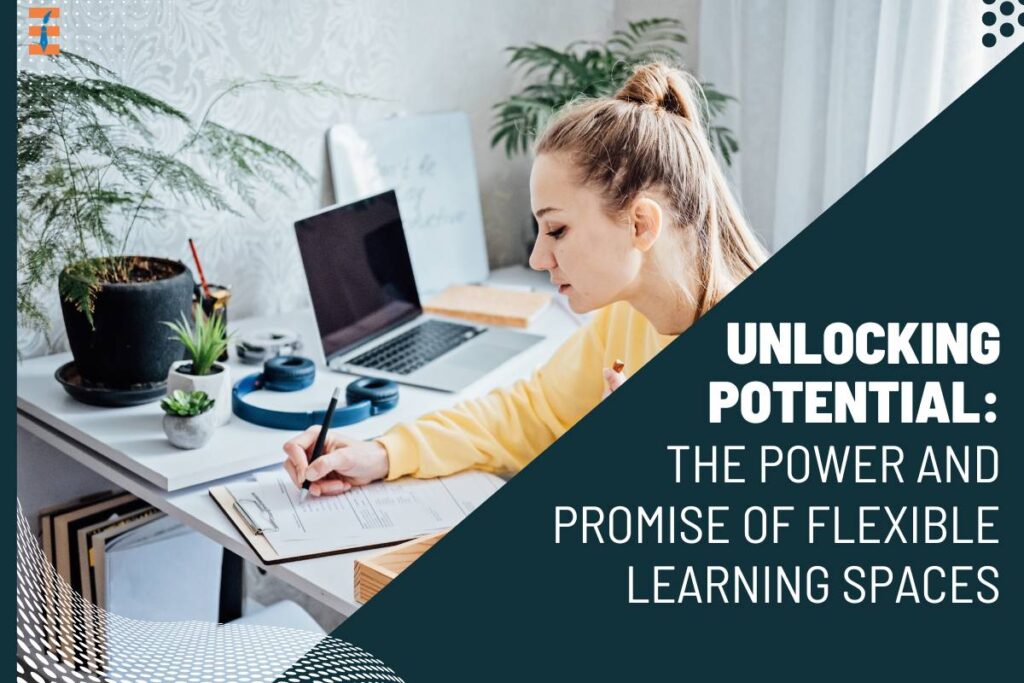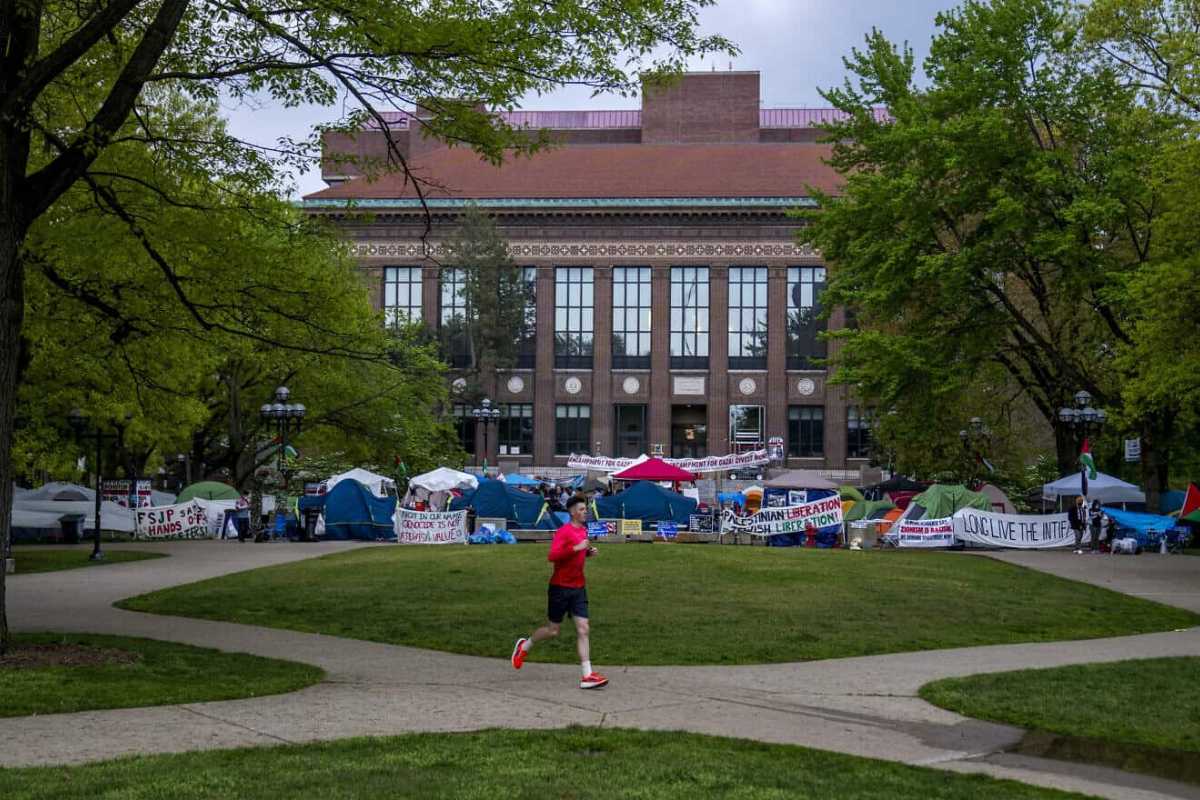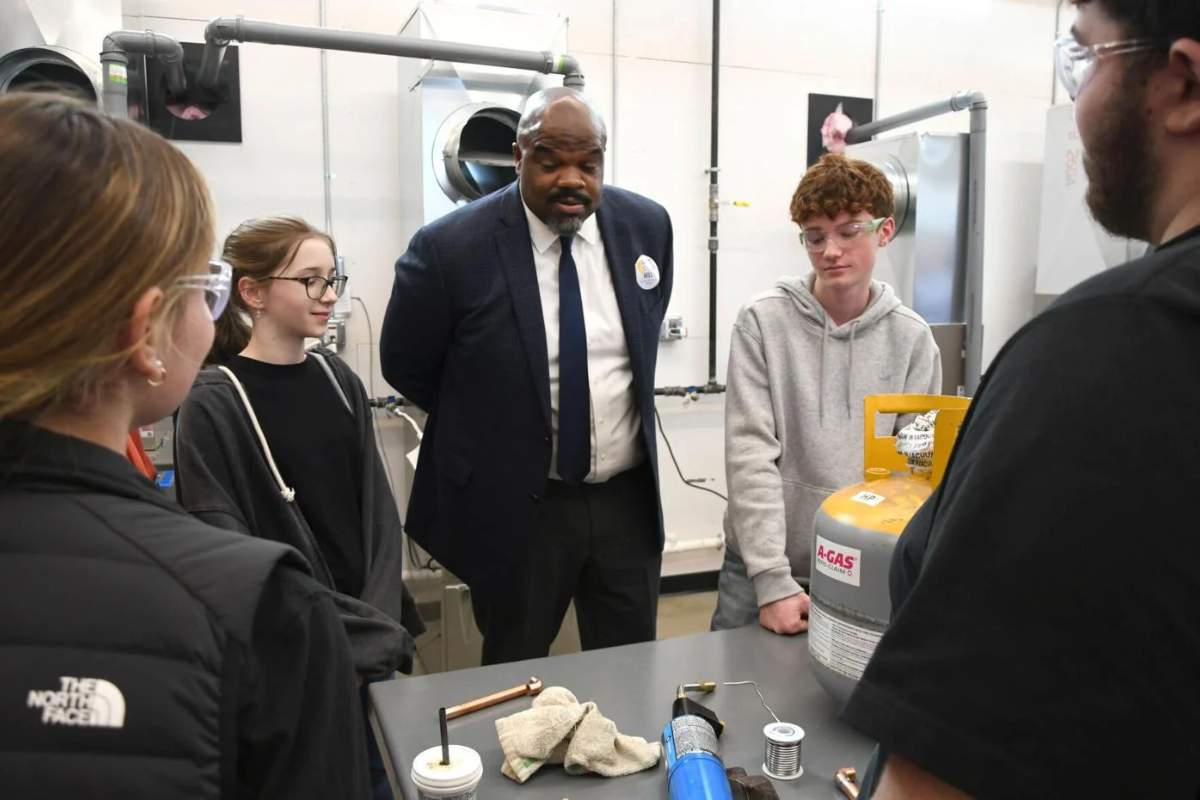In the ever-evolving landscape of education, the traditional classroom model is undergoing a transformation. Educators and architects alike are recognizing the need for learning environments that can adapt to the diverse needs of students and facilitate various modes of learning. This recognition has given rise to the concept of flexible learning spaces – dynamic environments that promote collaboration, creativity, and personalized learning experiences. In this article, we will delve into the significance of flexible learning spaces, explore their key features and benefits, and examine best practices for their implementation.
Understanding Flexible Learning Spaces:
Flexible learning spaces are designed to break away from the rigid, one-size-fits-all approach of traditional classrooms. Instead, they are characterized by adaptable layouts, movable furniture, and versatile technology infrastructure. These spaces can be easily reconfigured to accommodate different teaching methodologies, group sizes, and learning activities. Whether it’s a collaborative project, a hands-on experiment, or individual study, flexible learning spaces provide the agility needed to support diverse learning styles and foster a culture of exploration and discovery.
Key Features and Benefits:
1. Adaptability

One of the defining features of flexible learning spaces is their ability to adapt to changing needs and preferences. With movable furniture such as tables on casters, modular seating arrangements, and writable surfaces, these environments can be quickly transformed to suit different instructional objectives. This adaptability promotes fluidity in teaching and learning, allowing educators to seamlessly transition between activities and maintain engagement throughout the day.
2. Collaboration
Flexible learning spaces are conducive to collaboration, promoting teamwork, communication, and problem-solving skills among students. By breaking down physical barriers and creating open, inviting environments, these spaces encourage interaction and peer-to-peer learning. Whether it’s group discussions, project-based learning, or peer review sessions, students have the freedom to collaborate in ways that best suit their learning objectives and preferences.
3. Creativity
Creativity thrives in environments that stimulate imagination and encourage exploration. Flexible learning spaces provide the freedom and flexibility for students to express themselves creatively, whether through art, design, writing, or multimedia projects. With ample space for brainstorming, prototyping, and experimentation, these environments inspire innovation and empower students to think outside the box.
4. Personalization
Every student is unique, with individual learning styles, preferences, and strengths. Flexible learning spaces recognize this diversity and provide opportunities for personalized learning experiences. Whether it’s through differentiated instruction, self-directed learning stations, or adaptive technology tools, these environments cater to the individual needs of students, allowing them to learn at their own pace and according to their interests.
5. Engagement

Engaged learners are more likely to retain information, develop critical thinking skills, and succeed academically. Flexible learning spaces are designed to promote active participation and student engagement by creating dynamic, interactive learning environments. Whether it’s through hands-on activities, multimedia presentations, or collaborative projects, these spaces capture students’ attention and foster a sense of ownership and investment in their learning journey.
Implementation Best Practices:
Implementing flexible learning spaces requires careful planning, collaboration, and investment in both physical infrastructure and educational resources. Here are some best practices to consider:
1. Needs Assessment
Begin by conducting a thorough needs assessment to identify the specific requirements and goals of your learning community. Consult with educators, students, administrators, and other stakeholders to gather input and insights into how flexible learning spaces can support teaching and learning objectives.
2. Design Considerations
Work with architects, designers, and furniture suppliers to develop a flexible learning space design that aligns with your educational philosophy and goals. Consider factors such as natural light, acoustics, ergonomics, and technology integration to create an environment that is conducive to teaching and learning.
3. Professional Development
Provide ongoing professional development and training opportunities for educators to familiarize them with the principles and practices of flexible learning. Equip them with the knowledge and skills needed to effectively utilize the space, integrate technology, and implement innovative teaching strategies.
4. Student Engagement

Involve students in the design and implementation process to ensure that the flexible learning space reflects their needs, preferences, and aspirations. Encourage them to take ownership of the space and participate in decision-making processes, fostering a sense of ownership and investment in their learning environment.
5. Evaluation and Feedback
Regularly evaluate the effectiveness of the flexible learning space through observations, surveys, and feedback sessions. Gather input from educators, students, and other stakeholders to identify strengths, areas for improvement, and opportunities for innovation. Use this feedback to refine and enhance the learning environment over time.
Conclusion:
Flexible learning spaces represent a paradigm shift in education, providing a dynamic and adaptable environment that promotes collaboration, creativity, and personalized learning experiences. By breaking away from the constraints of traditional classrooms and embracing flexibility, educators can create learning environments that inspire curiosity, empower students, and unlock their full potential. As we continue to navigate the challenges and opportunities of 21st-century education, flexible learning spaces offer a promising pathway towards a more innovative, inclusive, and student-centered approach to teaching and learning.










